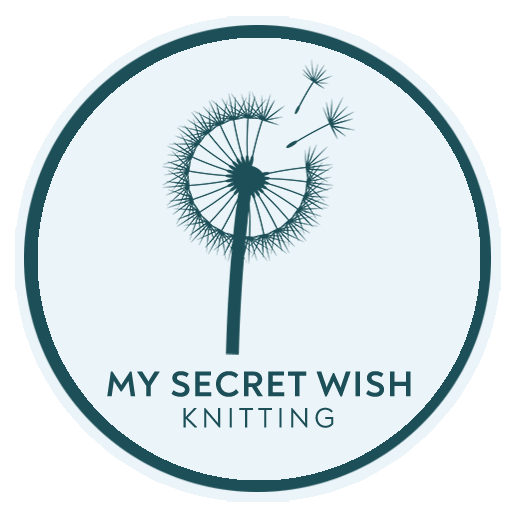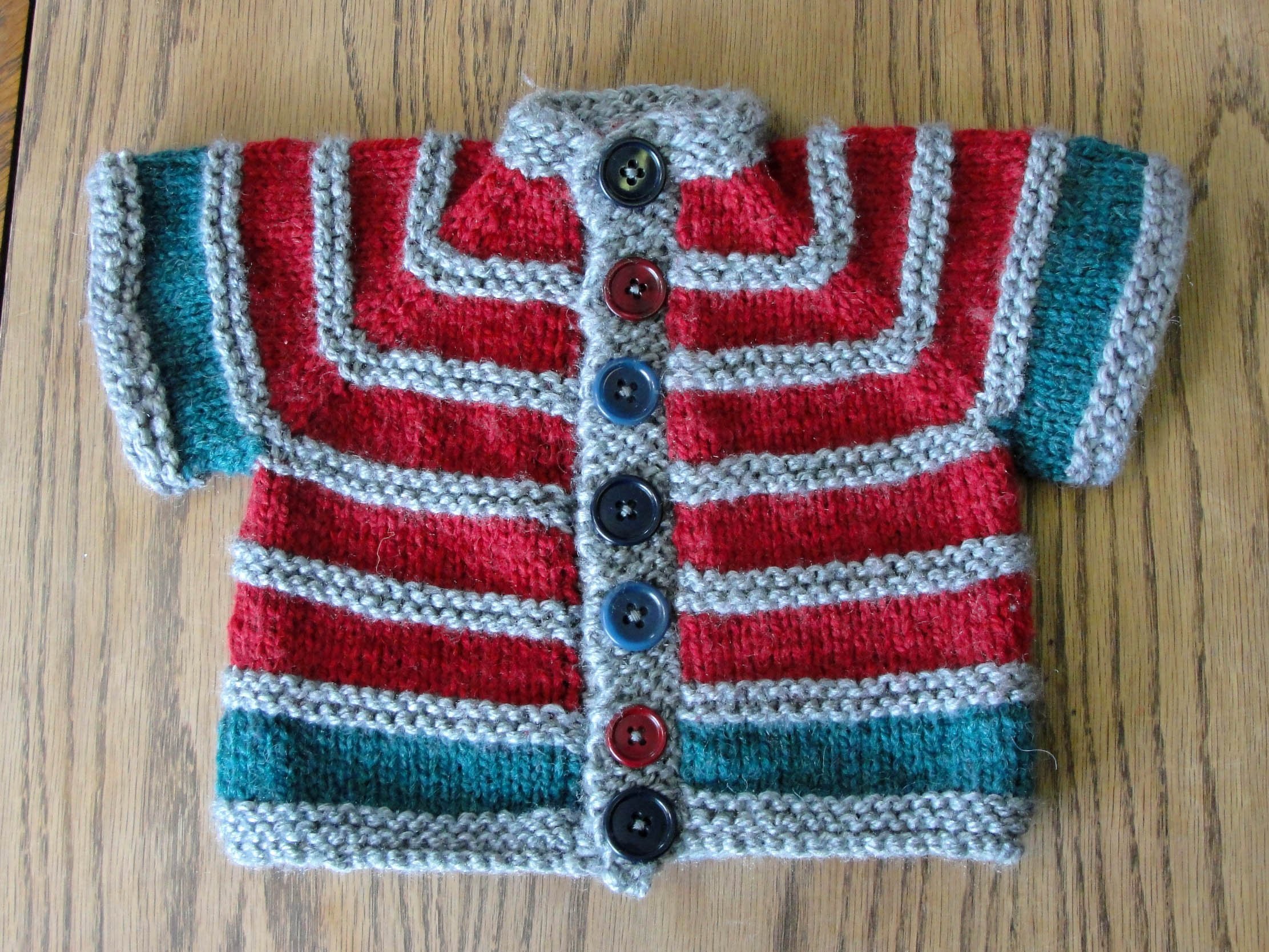Mastering Knitted Increases: M1, KFB, and YO
Have you ever been knitting along on a project and hit the rather vague instruction to “increase one” and wondered what, exactly, you should do now?
Or maybe you only know one increase, so that’s your go-to. But what if a different increase would do the job better?
You’re not alone, my friend. Increases are a particularly handy tool in the knitter’s toolkit to shape your fabric and create textural interest, but knowing which stitch to use and how to make it can feel a little overwhelming. After all, every increase produces a different effect in the fabric, and can even affect fit.
Knowing which increase to put to work when will help you level up your craft and produce stunning results. So join me as we demystify three knitted increases that you’ll be able to use for nearly any project. Onward!
Decorative Increases: Yarn Overs (YO)
A yarn over, abbreviated YO or yo, is the easiest type of increase to make, because you literally just move your yarn over the needle from front to back between stitches. When you get back to the yarn over on the next row or round, you work it as if it were a regular stitch. Because it wasn’t anchored into the previous row, the result is a little hole in fabric, like this:
The little lines of eyelets on these shawl swatches were made with yarn overs.
Yarn overs are often used for decorative effects or when you need a little hole for a button or ribbon to go through, and because of this, they are frequently paired with decreases to balance stitch count.
One thing to be aware of with yarn overs is that they loosen the gauge in the area around them, which makes them less than ideal for increases around thumb gussets or other areas where you need firm and sturdy fabric.
What Yarn Overs are Used For:
Buttonholes
Eyelets for ribbon to be laced through
Eyelets in geometric patterns to create lace
To create “bumps” in a folded picot edging
To create interesting surface textures
Anywhere you want a little hole effect
How to Make It:
At the desired location in your row, move your working yarn over your needle from front to back, then work the next stitch (which will often be a decrease such as k2tog—knit two together as one).
The Secret Garden Fingerless Mittens use yarn overs to create a pair of eyelet columns running up the back on either side of a centre one-stitch column.
The eyelets aren’t visible in this photo, but the Graceful Slippers use a row of eyelets at intervals to create a path for the ribbon bow to travel through in order to gather the front together.
Mirrored Increases
While yarn overs leaves a little hole, they are unidirectional—the column of stitches rising from a yarn over appears to come out of nowhere and ascend straight up.
However, most knitted increases are directional. This means that your increase will create a new stitch column, but it will appear to “sprout” from the left or right side of neighbouring stitch columns, depending on which increase you used, and angle away from it.
Sometimes, this won’t matter. For instance, if you’re knitting a top-down sweater yoke or hat that increases at regular intervals to achieve the right stitch count for the head or body circumference, you’ll likely use the same increase at every repeat. This will create a swirly effect.
This image shows the Lucy Pevensie Tam, a hat design that is decreased toward the crown instead of increased away from it, but the pinwheel effect in the fabric is the same as using a single type of repeated increase at intervals would create.
However, if you’re creating a design where different increases are creating a mirror effect for symmetry, such as on either side of a sweater with raglan shoulder shaping, you need to be aware of which direction your chosen increase leans and use the mirror-image version at the appropriate places.
The pairs of increases at the shoulders in the top-down Baby Mandarin Jacket use mirrored left-leaning and right-leaning Make One increases.
And, since most patterns are designed with only right-handed knitters in mind, left-handed knitters will need to be aware of whether the directional stitch called for in the pattern needs to be flipped to create the intended effect, or whether they can create the stitch normally (meaning, as a mirror of a rightie’s technique) without any complications. This will usually only be a problem if the increase is part of a surface texture pattern, as well. If you’re ever unsure, talk to an experienced knitter or contact the designer to ask them about it.
It’s a lot, I know. Let’s break down the two main types of directional increases, and what you’ll likely want to use them for.
(Note that there can be some regional differences between the exact definitions of these terms, especially the Make Ones, so always consult your pattern glossary to ensure you’re using the technique the designer has in mind.)
Bar Increases (K1FB / KFB and its mirror)
Knitting into the front and back of the same stitch (abbreviated K1FB or KFB for “knit one front and back”) is called a Bar Increase, and it’s the first increase many people learn. It’s logical, right? You want another stitch, so just add one into the column of stitches you’re currently working.
(The two abbreviations K1FB and KFB are interchangeable, but mean the same thing. I’ll use KFB for the remainder of this post.)
This type of increase creates a little horizontal bar around the base of the new stitch above a tiny hole, which can create some textural interest in the fabric. It also pulls on the yarn less than the Make Ones below do, meaning the fabric remains at about the same gauge as everything around it. You can even work a whole bunch of these in a single stitch to create little bobbles and knobs for surface texture.
The bar increase is often used for non-directional situations, such as sweater yokes or hat crowns. That’s because the “default” version of the bar increase is the KFB, which creates a left-leaning stitch, with the bar anchored on the left side of the column of stitches on the right. It is pretty easy to create.
The right-leaning bar increase is more involved. In fact, many people don’t even know that this increase has a mirror, let alone how to make it. But if you prefer the look of the KFB increase and want the mirror, there is, indeed, a way to do it, which we’ll get to in a moment.
What KFBs are Used For:
Top-down sweater yokes
Scarves, shawls, and other designs where a flat increase without an eyelet is desired.
Waist shaping
To create textural interest by changing the angle stitches are travelling or to create bobbles
Anywhere you want an increase that doesn’t affect fabric gauge
How to Make It:
To create the Left-Leaning Bar Increase, or KFB, simply knit into the front and back of the same stitch before pulling it off the non-working needle.
The mirrored Right-Leaning Bar Increase is a little more complicated. And if you want to achieve the effect of the KFB from the “wrong” side of the fabric, you need to use another technique.
Fortunately, I have tutorials for all three of these. You can see them here:
The unusual curved surface texture of the Beanstalk Socks use mirrored Bar Increases to make both socks match.
Make One Increases (M1, M1L, and M1R)
Make One Increases pick up the bar between stitches and twist it in a loop while knitting into it. Which direction you twist the bar determines whether the new column will lean away from the stitches on the left or the right of the increase. This increase is fairly easy to make and remember, no matter which direction you want it to lean.
Twisting the bar pulls the columns next to the increase together slightly for a nice, firm fabric without any holes, making this the preferred option for thumb and heel gussets and many other places where you need to shape garments to fit the body and keep the fabric firm.
Using pairs of left-leaning and right-leaning Make Ones (M1L and M1R) will create a straight-line effect at an angle from the “straight” columns that appear to grow from the increases, such as raglan shoulder shaping on top-down sweaters.
For most directional increases, Make Ones (M1) will be your go-to, though some designers use M1 for non-directional cases instead of KFB. (If a designer ever calls for M1 without specifying left or right, use the M1L.)
What M1s are Used For:
Raglan shaping (mirrored pairs of increases for straight lines)
Gusset shaping
Garment edges (waists, arms, etc.)
Toe shaping
Anywhere you want mirrored increases with no holes
How to Make It:
M1L (Make One Left-Leaning Stitch): Make one stitch leaning away from your dominant hand by picking up the bar between stitches and placing on non-working needle with leading leg in front, then knitting into the back loop, which creates a twist as it drops from needle. (Note that if you’re knitting left-handed, this will actually lean right.)
M1R (Make One Right-Leaning Stitch): Make one stitch leaning toward your dominant hand by picking up the bar between stitches and placing on non-working needle with trailing leg in front, then knitting into the front loop, which creates a twist as it drops from needle. (Note that if you’re knitting left-handed, this will actually lean left.)
The raglan shaping on either edge of the foot on the toe-up Adventure Socks were created using pairs of Make One increases. Work the increase one stitch in from the edges of the top and bottom of the sock. Use M1L on the leading edge of the top or bottom of the sock and M1R on the mirror edge (either at mid-round or the end of the round) to created the double straight line of stitches along the sides.
On either side of a thumb gusset, such as on these Honey Tree Gloves, is another excellent place for pairs of Make One increases. Use M1L on your leading edge and M1R on the trailing edge.
Keeping Track
When you’re working with increases, they often repeat at regular intervals, either in your row or every certain number of rows. You could also use tricks like row counters, stitch markers, or making tally marks on your pattern to help you remember where you are.
However, it’s important you learn to recognize which row or column an increase belongs to so you can keep your stitch count accurate. If you want help “reading” your increases, please check out my tutorial for Reading Increases and Decreases.
And if you’re interested in any of the patterns mentioned in this post, please click through the links on the images to check them out, or see all my patterns in my shop here:
Happy increasing, my friend!














My latest pattern release is a classy, quick-knit bulky-weight scarf with a simple repeated texture and a masculine, commanding presence. Perfect for beginners or gift knitting for a special guy!